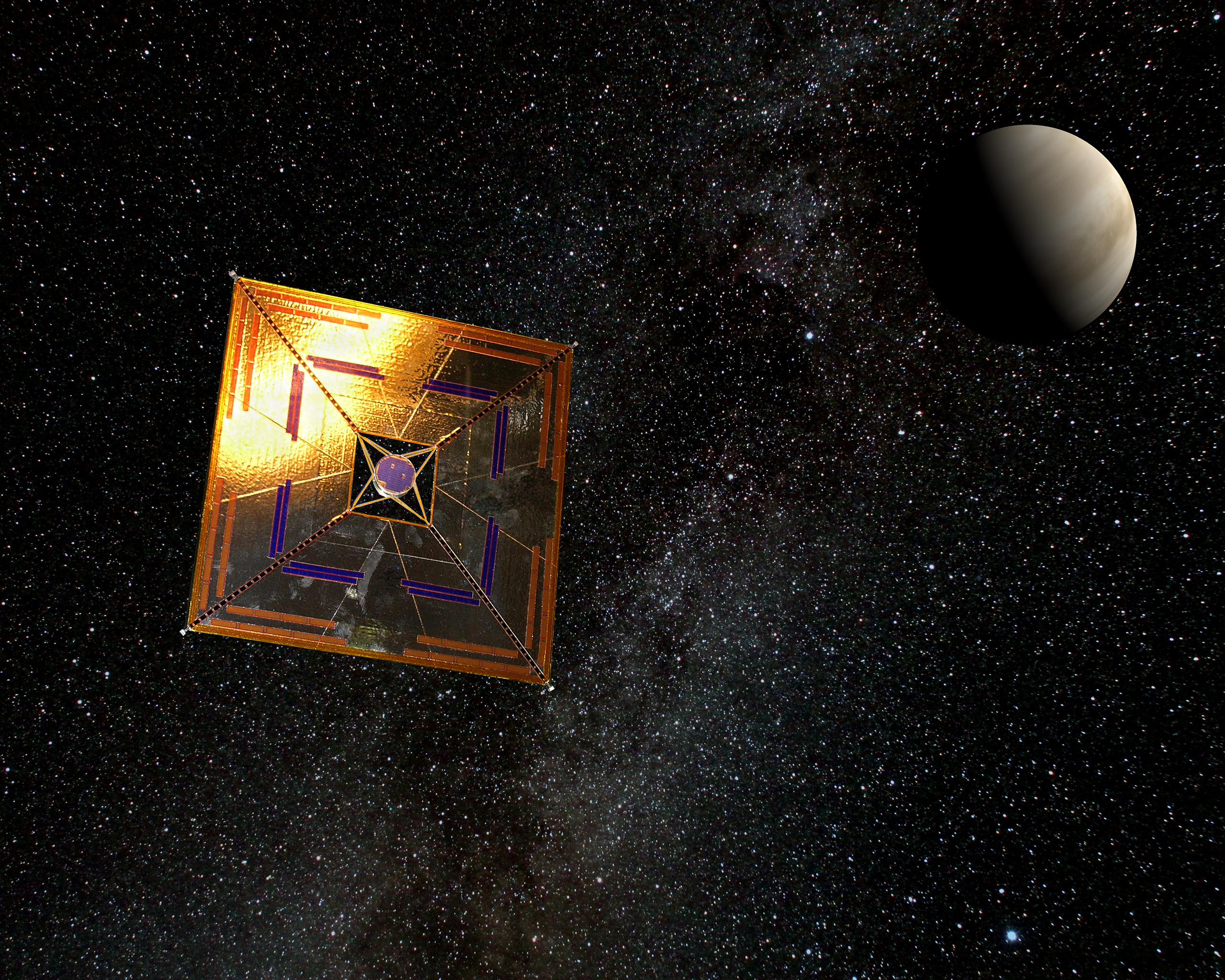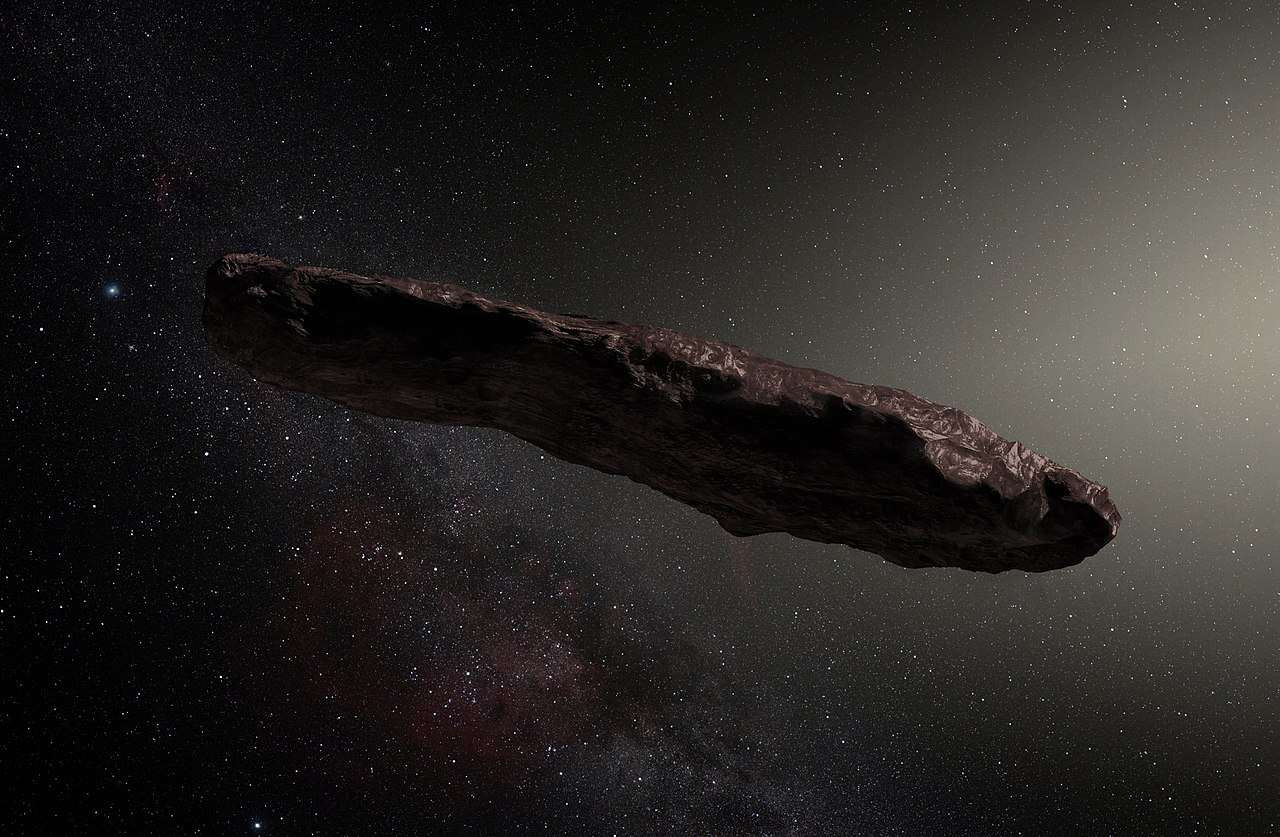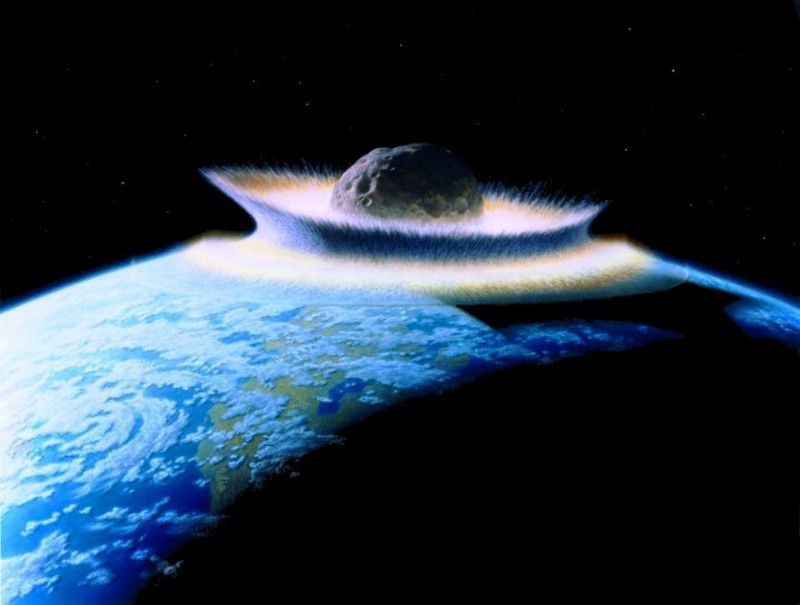Ask Ethan: Did we recover alien technology from the bottom of the ocean?

- In 2014, one of the many objects that struck Earth from space may have originated from beyond our own Solar System, landing in the deep ocean.
- After getting his hands on a submarine, Harvard astronomer Avi Loeb took a magnet down to the ocean bottom and recovered a number of metal spheres.
- Loeb now claims, based on his analysis, that these spheres are evidence of alien technology. Does the science support his claims in any way, shape, or form?
Although the distances between the stars and planets are vast, our Universe, and even our own Solar System, remains a violent place. Fragments of matter, mostly arising from the asteroid and Kuiper belts of our own Solar System, occasionally impact all of the known worlds, including planet Earth. Even though the typical mass and size of the objects that impact us are relatively small, there are many such impacts every year. With modern technology, we’re even beginning to characterize and track them.
On rare occasion, some of these objects that strike Earth may even arise from elsewhere: from a planet like Mars or from another star system, as the recent passes of interstellar objects ‘Oumuamua and Borisov through our Solar System hint at. But could any of those objects be something extraordinary, like alien technology? That’s what several people want to know, including Garuka de Silva, who asks:
“I would love to know your take on this. Dr. Loeb says the ten spheres might be microscopic space vehicles and are stronger than space rock. Is this not just metal meteor fragments?”
It sure is one heck of a claim, but as we always have to remind ourselves, it isn’t our wild imaginations we should be following when it comes to a scientific matter, but rather the scientific evidence in its proper context. Here’s what the science actually says.
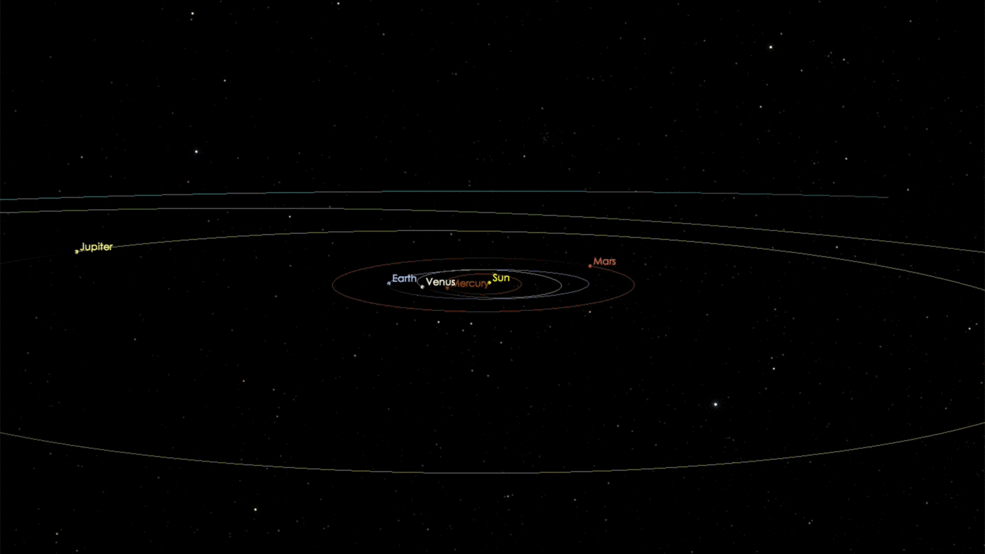
The object that struck Earth
In 2017, we detected our first ever object to pass through our Solar System that originated beyond it: a truly interstellar messenger. Named ‘Oumuamua — Hawaiian for “messenger from the distant past” — it was moving far more quickly than anything that could’ve originated from the asteroid belt, Kuiper belt, or even the Oort cloud. The way we determined this is to calculate two quantities:
- its orbital eccentricity, which would be 0 for a circular orbit, between 0 and 1 for an elliptical orbit, exactly 1 for a parabolic orbit, or greater than 1 for an escaping, hyperbolic orbit,
- and what astronomers call “its velocity at infinity,” which tells us how fast it would move as it departs the Solar System.
For objects originating within our Solar System, the maximum possible eccentricity is about 1.06, and the maximum possible “velocity at infinity” is about ~3 km/s.
But ‘Oumuamua had an eccentricity of about 1.2, and a velocity at infinity of a whopping 26 km/s, demonstrating beyond a doubt its interstellar nature. Two years later, in 2019, we discovered our second interstellar interloper: Borisov, with an eccentricity of a whopping 3.36 and a velocity at infinity even greater than ‘Oumuamua’s: 32 km/s. To date, they’re the only two confirmed objects to pass through our Solar System that have a definitive interstellar origin.
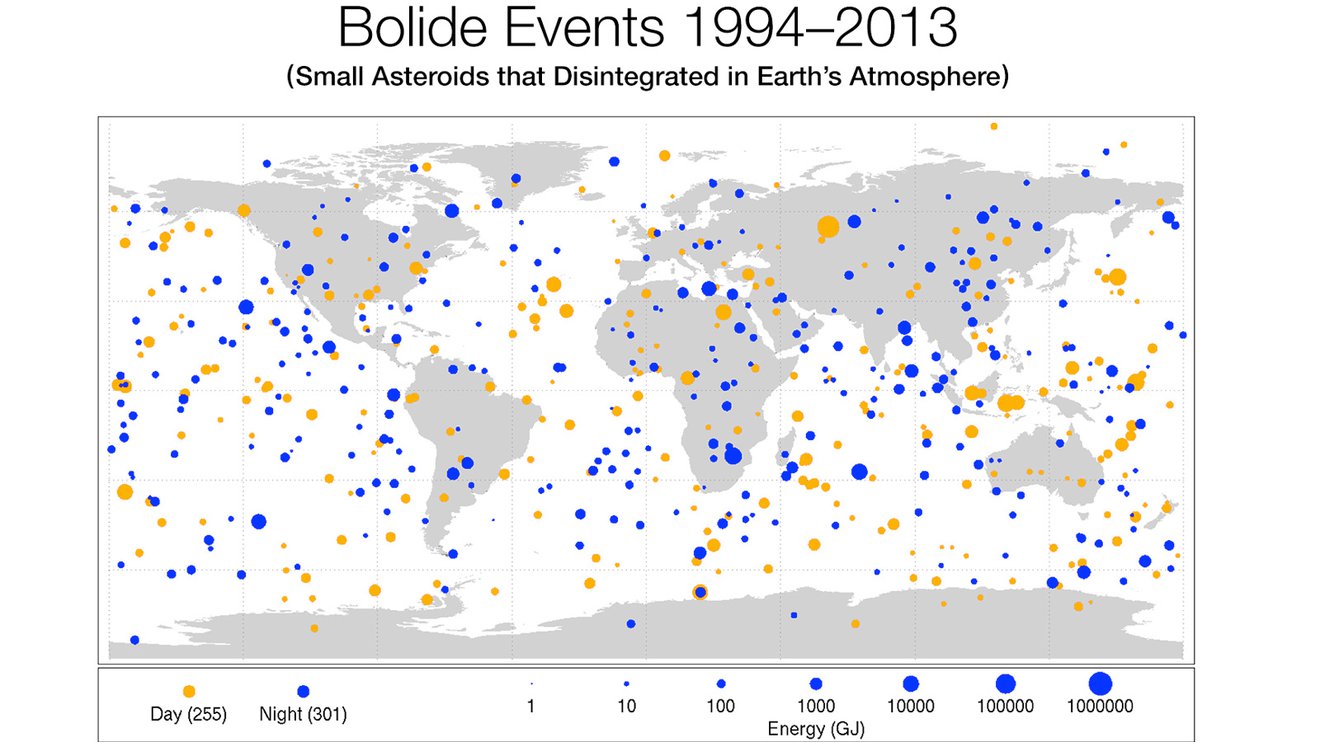
But both ‘Oumuamua and Borisov were large: over 100 meters in diameter each. There must be many more smaller ones below the limit of our present detectability that pass through our Solar System unnoticed. Just as small asteroids and icy, comet-like objects strike Earth periodically, so, too must these objects of interstellar origin.
At the present time, we’ve never actually detected one with any sort of confidence. However, that didn’t stop Avi Loeb and his then-undergraduate student from writing a paper claiming that a bolide fireball, detected on January 8, 2014, was in fact exactly this type of interstellar object: having struck Earth and landing in the Pacific Ocean.
Was it really of interstellar origin, though?
The only data we have is from the Department of Defense, which provides estimates for velocity and trajectory, but — and this is critical — with no quantified uncertainties or errors. Loeb’s paper uses the “I have a note from my Mom” argument, claiming that,
“The U.S. Department of Defense has released an official letter [in 2022, three years after Loeb’s initial claim] stating that ‘the velocity estimate reported [by us] to NASA is sufficiently accurate to indicate an interstellar trajectory,'”
with no further information provided. In science, this is unacceptably weak evidence and has been called into serious question by other scientists.
Key question #1: Was object CNEOS 20140108, which struck Earth in 2014, of interstellar origin?
Verdict: Unknown.

The submarine expedition
Loeb then went a step further into speculative territory and announced that he would be leading a recovery operation to the deep Pacific Ocean, financed by a cryptocurrency multimillionaire, where he would find and recover this object and determine its interstellar nature, and that maybe he would find that it wasn’t a meteor, but that it was alien technology. He (and the same then-undergraduate student) cited the (private) DoD data once again, claiming that it:
- was clearly of interstellar origin,
- had the highest material strength of any measured bolide,
- and that he could pinpoint its location off of the coast of Papua New Guinea in the South Pacific Ocean.
Those are some very big claims, and they are heavily disputed by others in the community on two major fronts. First, if one estimates the uncertainties (not provided) due to the known limitations of the equipment used to measure this bolide and other bolides like it, the confidence in the interstellar nature of this object drops from Loeb’s estimated 99.999% to about 48%: hardly a confident figure. Because of the lack of earlier data, it’s impossible to fully reconstruct its past trajectory, so it could be a Solar System object even with a large impact speed. And if one folds in those uncertainties, properties like its material strength become so uncertain that no conclusions can be drawn about them.

But the second problem is arguably even more severe: the idea that one can say, “I think this object landed in the deep ocean, in this exact spot, and so I’m going to go and recover it” is an untested, unproven idea that has never been successfully attempted before. In fact, prior to Loeb’s expedition, only one object that landed in Earth’s oceans had ever been successfully recovered: in 2018. That object had a number of remarkable properties, including:
- we actually saw it fall and monitored where it landed,
- it landed on a continental shelf, in shallow ocean waters, just 15 miles off the coast of the western United States,
- it was the largest meteorite to strike Earth in 21 years,
- the recovery operation took place less than four months after the meteorite landed,
- and the mapping and recovery efforts focused on a very small area just 0.4 square miles in area.
When they found the remains of the object, they found them primarily in a single, round pit in the seafloor, with 100+ very tiny, micrometeorite spheres and one larger (millimeter-sized) unmelted, asymmetrical fragment, shown under a scanning electron microscope below.
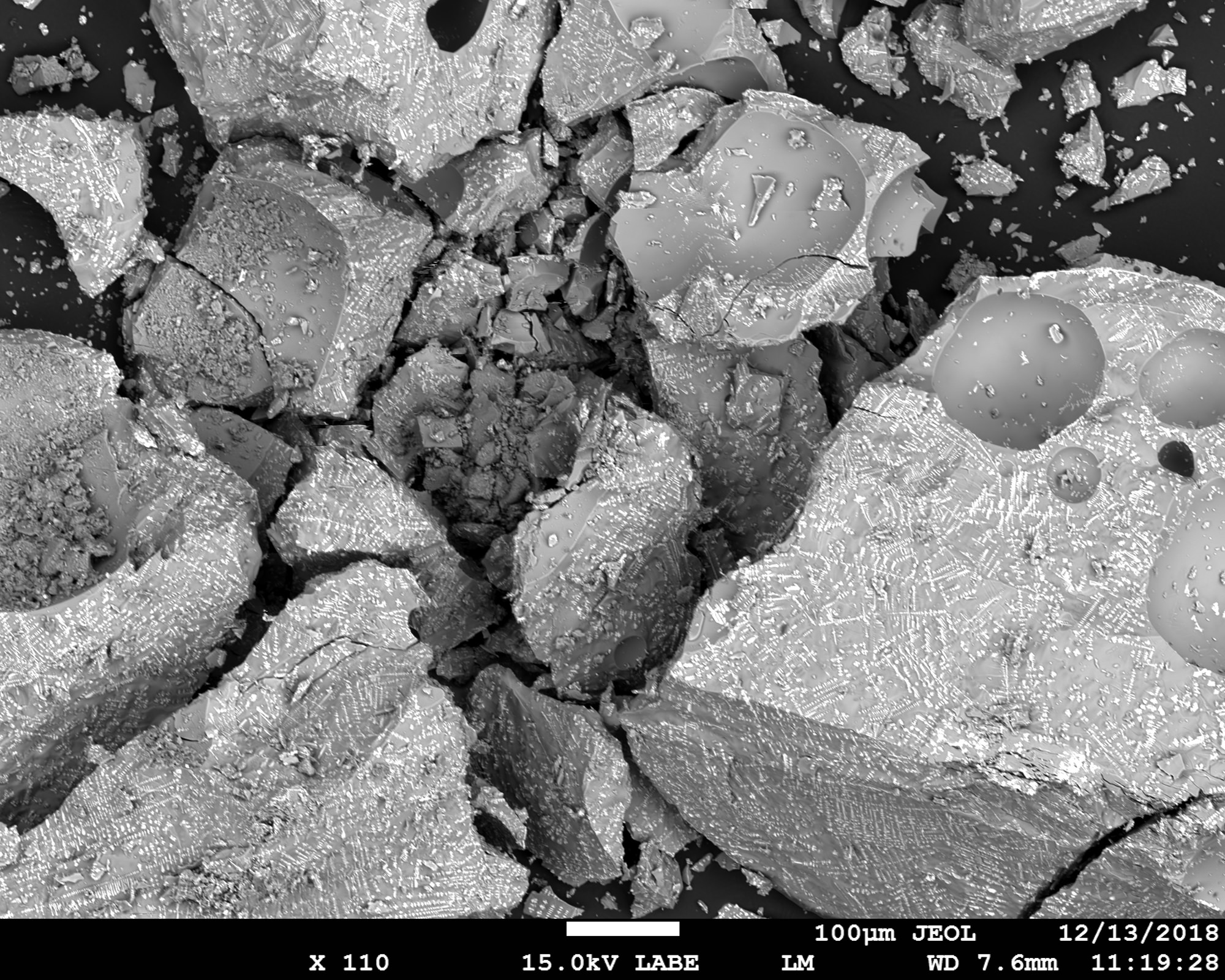
They determined that subsequent recovery efforts, which occurred over the 15 months following the meteorite fall, showed that this material oxidized rapidly in Earth’s ocean waters.
In comparison, the 2014 fall for object CNEOS 20140108 was tiny, with an estimated diameter of only 0.45 meters (1.5 feet). The uncertainty for where the object landed wasn’t a few tenths of a square mile, but covered an area of around 1000 square miles, and was nearly 100 kilometers off of the coast of the nearest land mass. And instead of an oceanic depth of 100-200 meters, as was the case for the 2018 recovery of a fallen meteorite, this object was estimated to land in the deep ocean, approximately ~2 kilometers (~2000 meters) down.
After sifting through large amounts of seafloor material with a magnet and a wire mesh, Loeb’s expedition wound up finding approximately 50 tiny metal spheres, composed mostly of iron with a small amount of other materials such as silicon, magnesium, and titanium. They are all 1 millimeter or smaller, very spherical, and were buried within the much more abundant material found on the seafloor. This is already a big red flag for anyone familiar with the shape of hard materials that you find in the waters: if they’re spherical, they’ve likely been down there a long time, having been eroded and weathered into a spherical shape. If they’ve only been down there a short time, they should remain irregularly shaped, like the larger fragments retrieved from the 2018 meteorite fall, as shown in the image below.
Key question #2: Were any of the metal spheres that were recovered by Loeb’s expedition even associated with the object that struck us in 2014?
Verdict: Dubious and unsupported.
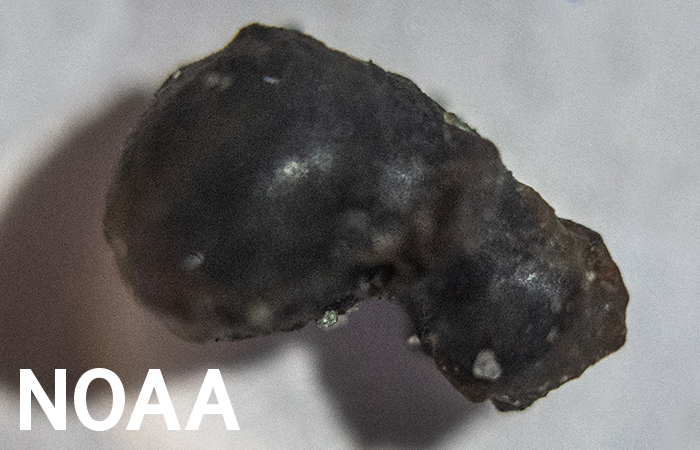
The spherules found at the bottom of the ocean
While most meteorites originate from the Solar System, they come with a wide variety of compositions. The ones that are rich in iron, representing about 5% of all meteorites, are the ones that will be picked up with an object like a magnetic rake. Unfortunately for anyone looking to match a particular impact with a particular spherule that you find, most of the material you’ll find on the ocean floor has been accumulating over extraordinarily long time periods: millions of years.
In fact, it would’ve been shocking if Loeb had gone to any location in the deep ocean and had not found iron-based metal spherules.
The reason for this, not generally appreciated by the general public, is that these iron-based metal spherules have been found in practically every deep-ocean dredging since the late 19th century, when the ship HMS Challenger first recovered large numbers of what they called “cosmic spherules” back over the time period 1872-1876. Over the time period that’s passed since, these metallic spherules, largely of extraterrestrial origin, have been joined by:
- waste from the burning of fossil fuels, such as coal,
- tiny spherical particles resulting from industrial and vehicular emissions,
- and waste products from mining and refining metallic ore that have run off into the oceans.

Most of the iron-rich meteorites we find on Earth also have a significant abundance of nickel, while according to Loeb’s laboratory analysis, nickel is negligible in the metal spheres that he found. That’s informative in one sense, as Loeb contends that his samples show his spherules are:
- 84% iron,
- 8% silicon,
- 4% magnesium,
- 2% titanium,
- and the other ~2% are all other trace elements, combined.
The lack of nickel probably indicates that these aren’t from your typical iron-nickel meteorites, although drilling into the abundance of manganese and chromium, down to about the 0.05% level each, is usually what scientists do if they want to determine whether a material is from a human-made source or not. (It is worth noting that the concentration of nickel in industrial iron is usually well under 1%.) Of course, independent confirmation is required to know if Loeb has even done this analysis correctly, as it’s very easy for an iron-nickel meteorite to be mistaken for being fully composed of iron.
Key question #3: Have we found evidence that some of these metal spheres originated beyond our Solar System?
Verdict: No, the claim is unsubstantiated, and it is generally thought to be more likely that these spherules have a completely terrestrial origin.

But could it be aliens?
Now we’re just jumping off the deep end into the abyss of unsubstantiated speculation. Sure, anything could be used as technology by aliens if you imagine a creative enough alien. Loeb, in particular, has a long track record of claiming anything unusual is aliens, having:
- claimed that fast radio bursts are signals from intelligent extraterrestrials (they are not),
- claimed that ‘Oumuamua is an alien spacecraft (it is not),
- claimed that there are probably septillions of tiny space probes flying through our galaxy, generated by intelligent aliens, similar to the problematic “Breakthrough Starshot” idea (there are not),
as well as several other examples.
But here’s the big “tell” that this is probably Earth-based and not space-based material Loeb has dug up: his metal spheres, which you can see in the image above, have a bunch of holes in them on the surface. If you look at images of recovered meteorites with a high iron content, as shown below, you can clearly see that they don’t have holes in them. You can also see that they are not spherical, and if you analyze it for its:
- iron,
- nickel,
- manganese,
- and chromium content,
you can usually tell whether it’s human-made, an iron meteorite, or “other.” There is no evidence presented yet, by Loeb or anyone else, that indicates that it’s “other.”
Key question #4: Is there any evidence that these metal spheres are alien technology?
Verdict: No, and not by a long shot.
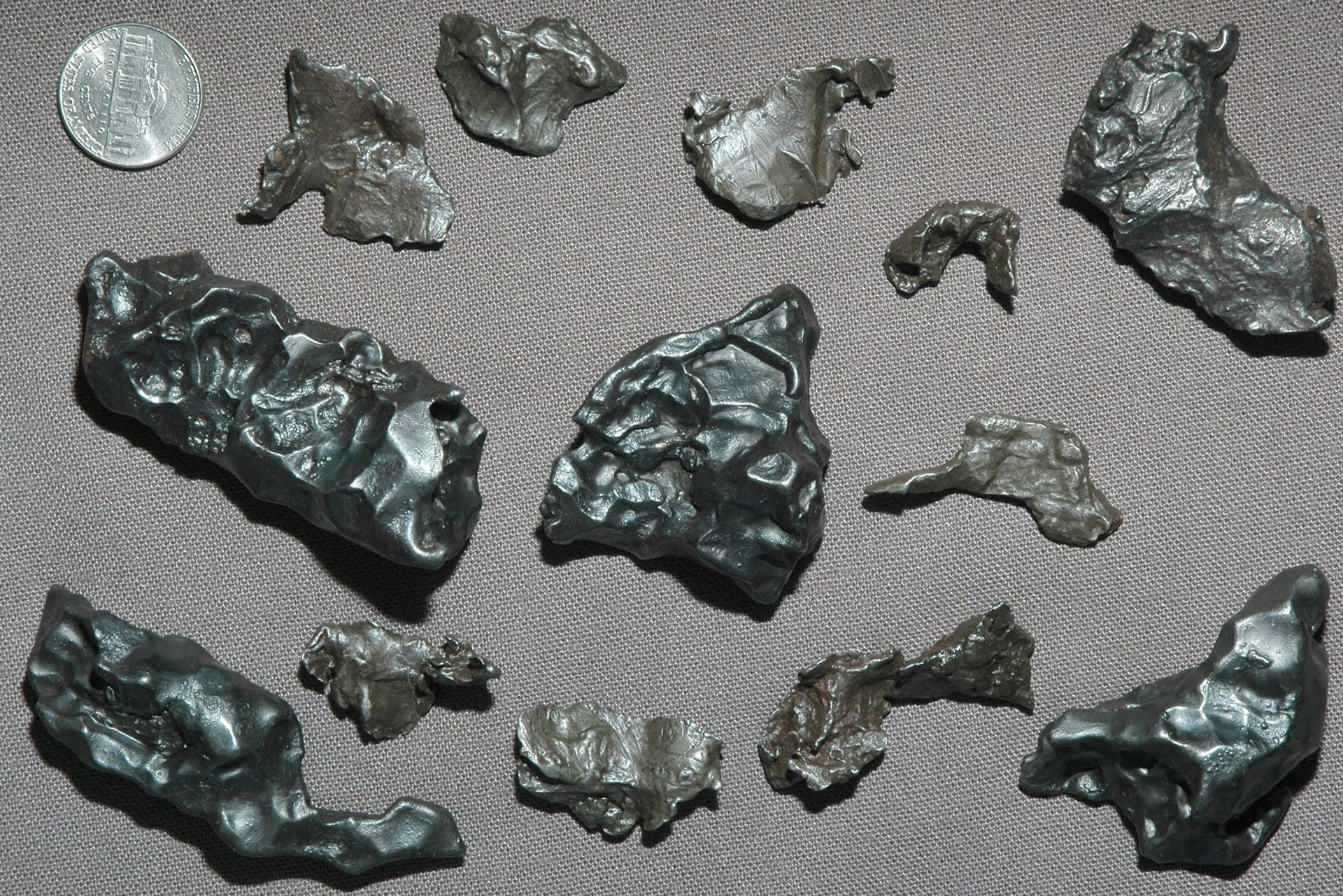
The takeaway lessons
If you go down to the ocean floor and use a magnetic rake, you will find metal spherules rich in iron. Some of them will be from meteorites that have landed on Earth over the past several million years, while others will be pollutants from industrial processes that have largely occurred here on Earth over the past ~200 years. There is no evidence, to date, that what Loeb found on his submarine expedition to the ocean floor is any different than what prior expeditions to the ocean floor have found ever since the first such metal spherules were discovered via this method back in the 1870s: 150 years ago.
But I would contend the real lesson is a cautionary one to physicists everywhere: if you’re going to step outside your area of expertise, make sure you acquire the relevant expertise before you start making dubious claims that the science simply can’t support. None of Loeb’s prior “aliens” claims have held up under scrutiny, and as many others have pointed out, there is no evidence for an “alien technology” explanation for these spherules, either. Furthermore there is no good evidence to support that what Loeb recovered is part of the bolide that fell on January 8, 2014, nor is there good evidence that this object was even of interstellar origin.
We often reward the loudest, earliest claims in the public square, but science requires much higher standards of evidence. Until those lofty standards have been met, and they clearly have not, to date, we should remain cautious, and remain extra cautious when it comes to anyone who’s already notorious for crying “wolf,” or “aliens,” without the proper, necessary evidence already in hand.
Send in your Ask Ethan questions to startswithabang at gmail dot com!
